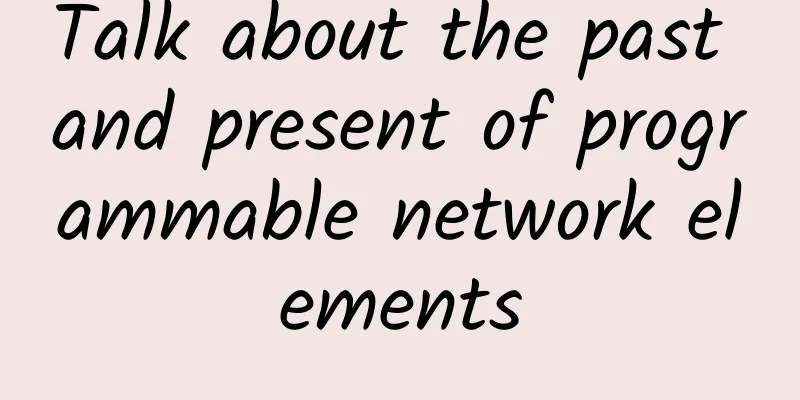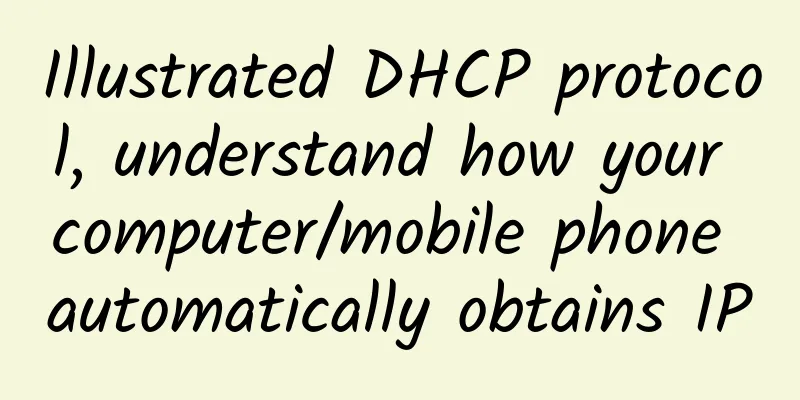These core Internet protocols are gradually changing

|
The Internet we are familiar with used to mainly use IPv4 protocol routing packets, TCP protocol connections, SSL/TLS encrypted connections, DNS query hosts, and HTTP application protocols. Mark Nottingham, co-chair of the HTTP and QUIC working groups of the IETF, said that the commonly used Internet protocols have been changing in the past few years:
|
<<: Various technical measures to eliminate data center hot spots
Recommend
SpikeTel: $2.45/month-1 core AMD EPYC 7402P/1GB/20G SSD/1TB/Hong Kong VPS
SpikeTel is a new merchant, mainly providing Hong...
Why Cisco is making intent-based networking an open platform
The way businesses run their networks has remaine...
What is structured cabling? What are the benefits of structured cabling?
In the world of cabling, the term structured cabl...
5G, why not completely jointly build and share wireless access networks?
The key to 5G is to provide diversified services ...
BudgetVM adds 10-100Gbps bandwidth servers, New Year special offer starting at $99/month
I saw the information about BudgetVM's New Ye...
Veeam appoints new general manager for China, believes in the potential of availability
[51CTO.com original article] Veeam ON Forum hoste...
Temperature compensation: What is compensated is not actually the temperature?
How do batteries work? In communication power sup...
The network protocols behind server push, online gaming, and email
We have talked a lot about network protocols befo...
What stage have 5G, autonomous driving, and artificial intelligence reached? One picture can tell you
On August 29, Gartner, the world's most autho...
KhanWebHost: $1/month KVM-2GB/10GB SSD/1TB/Texas
KhanWebHost recently released a US VPS hosting pa...
China Unicom SMS has a large-scale failure: mobile phones cannot receive verification codes. Official: Emergency processing is in progress
On February 10, the last working day, China Unico...
Ruishu Information won the 2021 Outstanding Contribution Award for New Technology Application Innovation in the Financial Industry
On December 29, the results of the "2021 12t...
What are the advantages of Industrial IoT, and how can companies ensure security?
Today, the use and growth of mobile technology ha...
Huawei releases next-generation CloudLink video conferencing solution
[Beijing, China, September 6, 2019] Huawei held a...
Mobile data will no longer charge roaming fees? You may even spend more money because of it
Starting from July 1, the mobile data roaming cha...









